Drawing Wildlife To Your Garden
You don’t have to go to the forest to admire wildlife like birds or butterflies. Just grow the “right” plants in your garden and chances are, the fauna will come.
The Scarlet-backed Flowerpecker is one of the many bird species you may see in your garden. Photo credit: Mendis Tan
Besides adding life to your garden, animals are important pollinators without which, there would be no fruits.
But expect to lose some parts of your plant when they visit. Caterpillars like to munch on leaves and birds can gobble up the fruits you were expecting to harvest. To make things mutually beneficial, you can always leave some fruits for the birds and wrap the rest with a netting to harvest for yourself later.
So yes, you may lose a bit of your plant when you have biodiversity in your garden, but the wildlife you gain in return is invaluable. And, if you make an effort to grow rare native plants such as the Red Tree Shrub (Leea rubra) and Malayan Ixora (Ixora congesta), you can even play a role in their conservation.
It is possible to grow plants that attract butterflies and birds to your garden, whether you live in a high-rise apartment or on a landed property.
Ms Vicky Lim, a Manager (Nursery Management) at NParks’ Horticulture and Community Gardening Division, shares some easy-to-grow examples of such plants, and tips on how to grow them.
Plants That Attract Butterflies
To attract butterflies into your garden, you can grow plants which provide nectar to them. Some easy-to-grow nectar-producing plants are:
- Panama Rose (Arachnothryx leucophylla)
- Ulam Raja (Cosmos caudatus)
- False Heather (Cuphea hyssopifolia)
- Red Tree Shrub (Leea rubra)
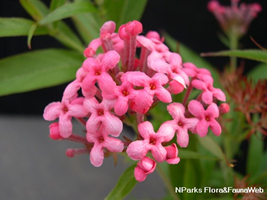
Panama Rose (left). Photo credit: NParks Flora&FaunaWeb; Red Tree Shrub (right). Photo credit: Vicky Lim Yen Ngoh
To complete the butterfly’s life cycle, it would be good to have host plants too. These are plants that butterflies lay their eggs on because their caterpillars would only feed on their leaves.
Some easy-to-grow host plants are:
- Giant Milkweed (Calotropis gigantea) – Host plant for Common Tiger butterfly
- Dutchman’s Pipe (Aristolochia acuminata) – Host plant for Common Birdwing butterfly
- Milkweed (Asclepias curassavica) – Host plant for Plain Tiger butterfly
- Rattlebox (Crotalaria retusa) – Host plant for Pea Blue butterfly
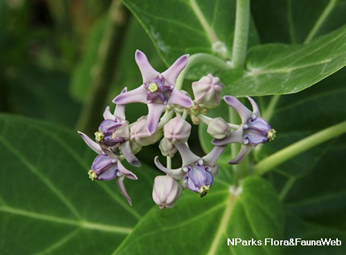
Giant Milkweed (left) and Rattlebox (right). Photo credit: Arthur Ng
Plants That Attract Birds
Birds are generally attracted to plants for the nectar in their flowers (nectarivorous birds) or for their fruits (frugivorous birds). The flowers and fruits of these plants are usually brightly coloured to attract them.
You can grow the following plants to attract nectar-loving birds, including sunbirds such as Olive-Backed Sunbird (Cinnyris jugularis) and Crimson Sunbird (Aethopyga siparaja), and fast-moving Flowerpeckers such as Scarlet-backed Flowerpecker (Dicaeum cruentatum).
- Tembusu (Cyrtophyllum fragrans or Fagraea fragrans)
- Sea Apple (Syzygium grande)
- Malayan Ixora (Ixora congesta)
- Gelam Tree (Melaleuca cajuputi)
- Fire Bush (Hamelia patens)
- Firecracker Plant (Russelia equisetiformis)
- Hibiscus (Hibiscus rosa-sinensis cultivars)
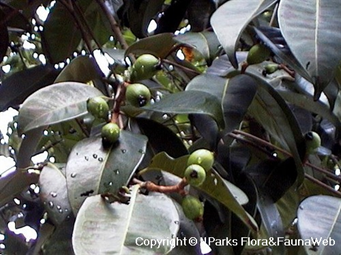
Fruits of the Sea Apple (left). Photo credit: NParks Flora&FaunaWeb; Firecracker plant (right). Photo credit: Arthur Ng
Meanwhile, the fruits of the following plants attract frugivorous birds such as the Yellow-Vented Bulbul (Pycnonotus goiavier), Pigeons such as Pink-Necked Green Pigeon (Treron vernans) and Rock Dove (Columba livia), and other species including the Asian Glossy Starling (Aplonis panayensis) and Olive-Backed Oriole (Oriolus sagittatus).
- Seashore Ardisia (Ardisia elliptica)
- Singapore Rhododendron (Melastoma malabathricum)
- Sea Lettuce (Scaevola taccada)
- Red Tree Shrub (Leea rubra)
- Papaya (Carica papaya)
- Peacock Flower (Caesalpinia pulcherrima)
- Banana (Musa sp.)
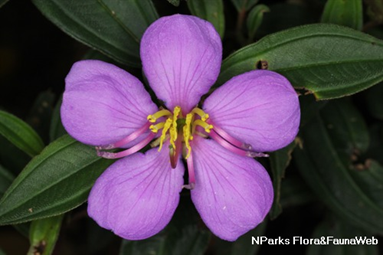
Singapore Rhododendron (left). Photo credit: Ang Wee Foong; Fruits of the Papaya (right). Photo credit: Pauline Tay
Keen to start your own home garden? Check out our NParks website here for some gardening tips suitable for both first time and seasoned gardeners alike. Or, if you are looking to take your passion for gardening to another level, find out how you can put your horticulture skills to good use and meet other like-minded individuals through our Community in Bloom programme here.
Text by Lea Wee


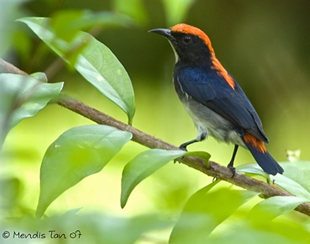
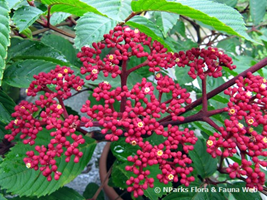
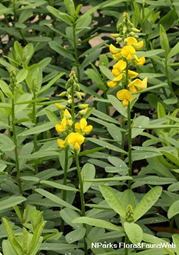
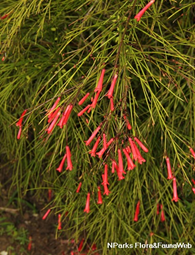
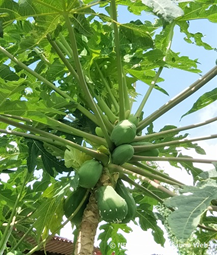
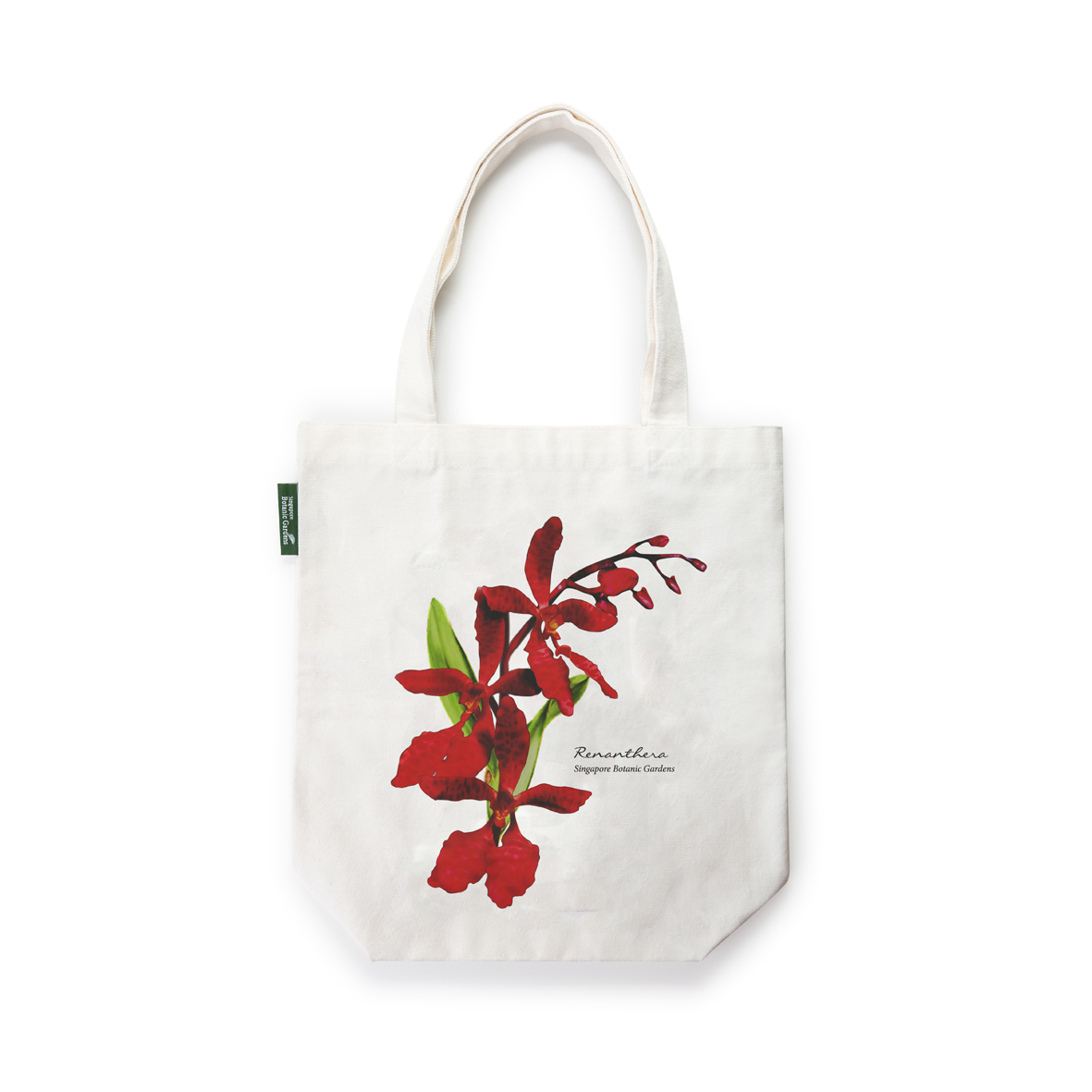
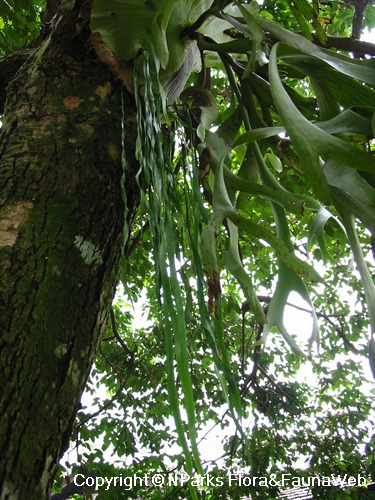
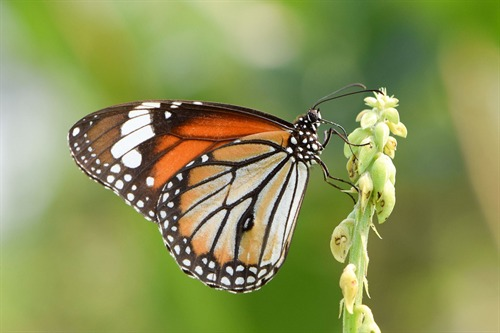
Have views or comments on this article? Let us know via this form. If you would like to give us feedback on any other areas relating to our parks and gardens, please submit via https://www.nparks.gov.sg/feedback